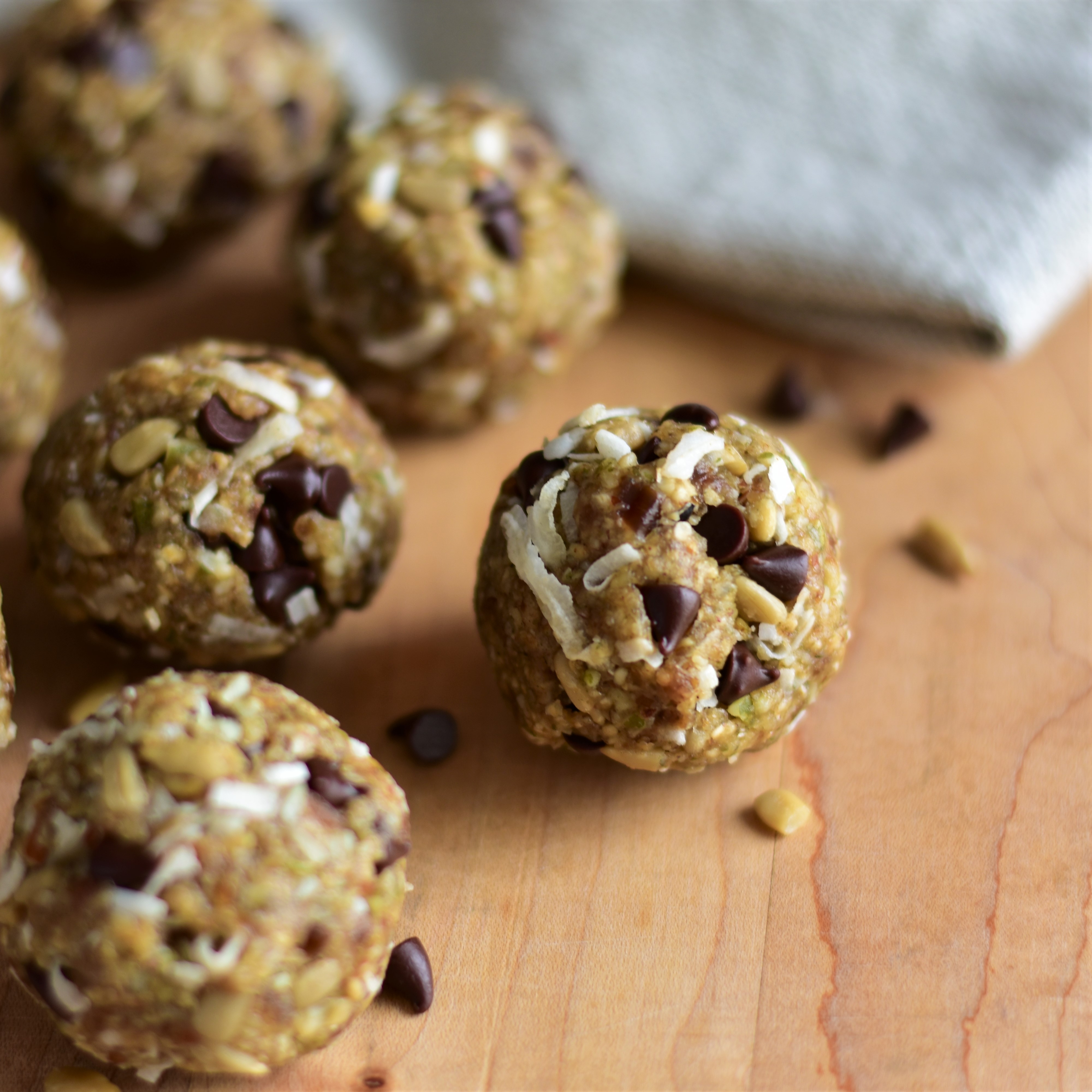**Caramelized Pork Belly (Thịt Kho): A Culinary Symphony of Sweet, Savory, and Umami**
In the realm of Vietnamese cuisine, few dishes capture the essence of comfort and indulgence quite like caramelized pork belly, also known as Thịt Kho. This culinary masterpiece tantalizes the taste buds with its perfect balance of sweet, savory, and umami flavors, making it a beloved dish enjoyed throughout the country. Whether it's a family gathering, a special occasion, or simply a weeknight meal, Thịt Kho is guaranteed to bring warmth and satisfaction to the table. This versatile dish can be prepared in various ways, each with its unique charm and flavor profile. From the classic Southern-style Thịt Kho Tộ to the distinctive Central Vietnamese Thịt Kho Mắm Ruốc, there's a recipe for every palate and preference. Join us on a culinary journey as we explore the diverse world of Thịt Kho, uncovering its rich history, delectable variations, and the secrets to creating this Vietnamese culinary gem in your own kitchen.
MICHAEL BAO HUYNH'S VIETNAMESE CARAMELIZED PORK

Thit kho to - a sticky-sweet pork dish with funky undertones of nuoc mam - is often served on Tet Nguyen Dan, the Vietnamese New Year and the nation's most important holiday. This recipe is adapted from Michael Bao Huynh, a chef and restaurateur who came to the United States as a refugee in 1982. Thit kho to is traditionally made with pork belly, but it can also be made with pork shoulder butt (as shown in the photo) - a lighter though no less delicious alternative. Serve the meat over a pile of snowy white rice with a bottle of hot pepper sauce nearby.
Provided by Dana Bowen
Categories main course
Time 45m
Yield 4 servings
Number Of Ingredients 10
Steps:
- Cover bottom of a large, heavy skillet with one cup sugar and place over medium low heat. As soon as it melts and turns golden, add pork, raise heat to medium, and stir until coated. (Sugar will become sticky and may harden, but it will re-melt as it cooks, forming a sauce.)
- Stir in remaining sugar, salt, pepper and fish sauce. Cover and cook 2 minutes. Uncover, stir in garlic and oil and lower to simmer to reduce sauce for about 20 minutes.
- Stir in Vidalia onions and cook until translucent, 5 to 7 minutes. Pork should be caramelized; if not, raise heat and sauté while sauce further reduces. Transfer to serving bowl, and sprinkle with scallion greens.
VIETNAMESE CARAMELIZED PORK BELLY (THIT KHO TAU)

Vietnamese Caramelized Pork Belly (Thit kho tau) is a classic comfort food of Viet families. Pork belly is slowly braised until it has a beautiful caramel color and becomes so flavorful and tender.
Provided by Sophie
Categories Main Dish
Time 1h45m
Number Of Ingredients 11
Steps:
- Slice pork belly into 1-inch thick (or slightly thicker) pieces. In a bowl, toss the pork with crushed garlic, shallots, salt and pepper. Set aside at room temperature for 10-20 minutes.
- In a small saucepan, add 2 tablespoons of sugar and 2 tablespoons of water. Bring to a boil, the sugar will fully dissolve. Lower the heat to medium, continue to simmer. You will see a lot of bubbles on the surface. The mixture will then turn from clear to yellow, and get darker as you simmer it. When it has a honey color, reduce the heat slightly. Keep watching closely, until it has a dark caramel color, turn off the heat and carefully add 1 tablespoon of water. Swirl the saucepan (or stir) to combine and remove it from the stove. Set aside.
- Place a heavy-bottomed pot over medium heat and add a small amount of cooking oil. Once the oil is hot, add the pork belly, along with all the crushed garlic and shallots, and the caramel sauce. Stir and cook to coat the pork with the caramel sauce and then add fish sauce. Continue to stir and cook.
- Once the outside of the pork is no longer pink, add coconut juice enough to cover the meat. Bring it to a boil and skim off all the foams, then lower to a simmer.
- Cover the pot with the lid slightly askew and simmer until the pork is almost tender to your liking (about 75-80 minutes). You can give everything a stir once in a while for even cooking if you want.
- While braising the pork belly, boil the eggs so that they are just about to reach hard-boiled. Place the eggs in cold water to cool down, and then peel them.
- Once the pork is almost tender, add the eggs (make sure they are surrounded with the braising liquid). Cover and simmer for about 10 more minutes.
- Transfer the caramelized pork belly and eggs along with the sauce to a shallow serving plate. Serve hot with white rice.
Nutrition Facts : Calories 1606 kcal, Carbohydrate 24 g, Protein 40 g, Fat 149 g, SaturatedFat 54 g, Cholesterol 518 mg, Sodium 3126 mg, Fiber 4 g, Sugar 17 g, ServingSize 1 serving
CARAMELIZED PORK BELLY (THIT KHO)
This dish is very popular in Vietnamese households for everyday eating but is also traditionally served during Tet, the Vietnamese Lunar New Year. The longer you cook the pork belly, the more tender it becomes. If you make this dish ahead, the fat will congeal on the surface, making it easier to remove, and a little healthier! This also allows the flavors to meld a little more. Serve with rice.
Provided by Pat
Categories World Cuisine Recipes Asian Vietnamese
Time 1h43m
Yield 6
Number Of Ingredients 8
Steps:
- Slice pork belly into 1-inch pieces layered with skin, fat, and meat.
- Heat sugar in a large wok or pot over medium heat until it melts and caramelizes into a light brown syrup, about 5 minutes. Add pork and increase heat to high. Cook and stir to render some of the pork fat, 3 to 5 minutes.
- Stir shallots and garlic into the wok. Add fish sauce and black pepper; stir to evenly coat pork. Pour in coconut water and bring to a boil. Add eggs, reduce heat to low, and simmer, covered, until pork is tender, about 1 hour.
- Remove wok from the heat and let stand, about 10 minutes. Skim the fat from the surface of the dish.
Nutrition Facts : Calories 410.3 calories, Carbohydrate 15.6 g, Cholesterol 266.8 mg, Fat 26.3 g, Fiber 1.1 g, Protein 26.7 g, SaturatedFat 8.6 g, Sodium 1831.6 mg, Sugar 6.3 g
CARAMELIZED PORK BELLY- THIT KHO TAU

Traditional Vietnamese sweet & salty dish consisting of caramelized pork belly & hard-boiled eggs slowly braised in coconut juice. The longer it simmers, the more tender it becomes. Usually served with rice, steamed vegetables, or side of pickled mustard greens to provide a fresh and crunchy balance to the richness of this dish.
Provided by starredmonkey
Categories Pork
Time 1h30m
Yield 6
Number Of Ingredients 11
Steps:
- Bring 2-3 quarts of water boiling on high, enough to fully submerge the pork. Add about 1 teaspoon of salt and the pork to water for 2-3 minutes just to clean it. Drain then rinse the pork under running water until the water is clear.
- Heat sugar in a large wok or pot over medium heat, continuously stirring until it melts and caramelizes into a light brown syrup. Burns easily so keep a close eye and be careful to not let it get candied.
- As soon as sugar reaches the nice amber color, immediately add pork and increase heat to high. Cook and stir to render some of the pork fat, 3 to 5 minutes.
- Add fish sauce, soy sauce, salt, and black pepper; stir to evenly coat pork and allow it to get the color on the meat.
- Stir shallots and garlic into the wok.
- Pour in coconut water and bring to a boil. Liquid should just cover the pork.
- Reduce heat to low, and simmer, covered, until pork is tender, about 1 hour. Slowly stir and check about every 20 minutes while the pork is simmering to make sure that the liquid doesn't evaporate too much. Add water a little at a time if sauce seems to be drying out.
- Remove cover, add hard-boiled eggs. Continue simmering for about 30-40 minutes with the lid off to allow the liquid to reduce into a nice concentrated sauce, stirring occasionally to prevent meat from drying.
- Remove from the heat and let stand, about 10 minutes. Skim the fat from the surface of the dish.
- Top with green onions for garnish.
Nutrition Facts : Calories 930.5, Fat 85.7, SaturatedFat 30.9, Cholesterol 295.6, Sodium 1420.3, Carbohydrate 16.4, Fiber 0.3, Sugar 12.3, Protein 22.5
THIT HEO KHO TRUNG (PORK AND EGGS IN CARAMEL SAUCE)

Tet is for savoring abundance, which explains why this rich, savory braise of pork and eggs in bittersweet caramel sauce is a must-have on many southern Vietnamese Lunar New Year menus. It's an extravagant treat. Pork leg with the skin attached (fresh ham) is the cut of meat traditionally used, but pork shoulder or belly also offers the delicious balance of fat and lean meat. The eggs lend an interesting contrast of chewy white and buttery yolk, while the sauce featuring coconut water is softly sweet. Searing the meat and including peppercorns are modern touches that induce greater complexity. The cook time can be cut nearly in half by making the braise in a pressure cooker. Crunchy pickled bean sprout salad is the traditional accompaniment, along with plenty of rice. Stir-fried greens can be served alongside too.
Provided by Andrea Nguyen
Categories dinner, meat, main course
Time 2h
Yield 4 servings
Number Of Ingredients 11
Steps:
- Make the caramel sauce: In a small saucepan over medium heat, stir together the 1/4 cup sugar, vinegar and 1 tablespoon water until the sugar nearly dissolves, 60 to 90 seconds. Cook without stirring until the mixture turns champagne yellow, about 3 minutes, then continue cooking for another 1 to 2 minutes, frequently picking up the pan and swirling it to control the caramelization. When the mixture is a dark tea color (expect faint smoking), turn off the heat and keep the pan on the burner. Let the caramelization continue until the mixture is burgundy in color, 1 to 2 minutes. Slide the pan to a cool burner and add 3 tablespoons water, stirring to dissolve the sugar. Warm over medium heat to loosen, if needed.
- Cut the pork into chunks about 1-inch thick and 2 to 3 inches long, making sure each piece has both lean meat and fat. Warm the oil in a medium pot over medium-high heat until shimmering. Working in 2 or 3 batches, cook the pork on all sides until lightly browned, about 1 minute per batch, holding the seared meat on a plate. When done, return all the pork and any accumulated juices to the pot, then add the caramel sauce, fish sauce, onion, garlic, peppercorns and coconut water. Bring to a boil over high heat, skim the scum, then adjust the heat to maintain a simmer. Cover and cook until a knife tip inserted 1/4 inch into the pork meets little resistance, about 1 1/4 hours.
- Use tongs to retrieve the pork and hold in a bowl, loosely covered to prevent drying. If peppercorns cling to the pork, leave them for zing, or knock them off and discard. To quickly filter and remove fat from the cooking liquid, set a mesh strainer over a large heatproof bowl, line with a double layer of paper towels and pour the liquid through. After most of the liquid passes through and a layer of fat remains above the solids, set the strainer aside. (Save the fat for cooking if you like.) You should have about 1 1/2 cups cooking liquid.
- Return the liquid to the pot, bring to a boil over high heat and cook until reduced to 1 cup, about 5 minutes. Lower the heat to maintain a simmer, then add the pork and eggs. Cook, gently stirring now and then, to heat through and coat with the dark sauce, 3 to 5 minutes. Turn off the heat and let rest 5 minutes, uncovered, to concentrate flavors. Taste and add up to 1 1/2 teaspoons of fish sauce or 1 1/2 teaspoons sugar, or both, as needed for a pleasant savory-sweet finish. Transfer to a shallow bowl for serving. Invite diners to halve the eggs themselves. If you'd like spicy heat, gently smash the chiles in individual dishes for dipping sauce with some sauce from the pot, and use it to dip the pork and egg or to drizzle into the bowls.
VIETNAMESE CARAMELIZED SALTY PORK ( THIT KHO)
This dish is very fatty and a little salty, but is so delicious and easy to make. You just have to make sure that you have the ingredients ready to begin the cooking. Adding shrimp to this recipe makes an unbelievably tasty surprise. One of my all time favorites.
Provided by davidf
Categories Meat
Time 40m
Yield 4-6 serving(s)
Number Of Ingredients 7
Steps:
- Wash and cut pork belly into 3/4 inch (cubed)pieces.
- In a dry saucepan, melt sugar on high heat until it becomes golden brown but not candied.
- Immediately, add pork belly pieces, onions, pepper, and garlic. Stir to get a golden color on the meat.
- Add fish sauce and water, deglaze, and bring to a boil.
- Reduce to low heat, cover and simmer for 20-30 minutes (stirring occasionally) until sauce thickens a little. Add a little more fish sauce and black pepper to taste.
- Serve over white rice.
- Note: Some vietnamese add whole hard boiled eggs (better if you fry the hard boiled eggs in a little oil until golden brown skin) along with the liquids. Adding shrimp is also delicious.
Nutrition Facts : Calories 999.3, Fat 90.4, SaturatedFat 33, Cholesterol 122.7, Sodium 1471.1, Carbohydrate 28.8, Fiber 0.5, Sugar 26.8, Protein 17.2
Tips for Making Caramelized Pork Belly (Thit Kho)
- Choose a pork belly with a good amount of fat. This will help the pork belly caramelize and become tender.
- Score the pork belly skin before cooking. This will help the skin crisp up and make it easier to eat.
- Marinate the pork belly in a mixture of soy sauce, fish sauce, garlic, and pepper before cooking. This will help the pork belly absorb flavor and become more tender.
- Cook the pork belly over low heat for a long period of time. This will help the pork belly caramelize and become tender.
- Skim the fat from the top of the cooking liquid periodically. This will help prevent the pork belly from becoming too greasy.
- Serve the pork belly with rice, vegetables, and a dipping sauce.
Conclusion
Caramelized pork belly (thit kho) is a delicious and flavorful dish that is popular in Vietnam. It is typically served with rice, vegetables, and a dipping sauce. This dish can be made ahead of time and is perfect for potlucks or parties. With a little planning and effort, you can easily make this delicious dish at home.
Are you curently on diet or you just want to control your food's nutritions, ingredients? We will help you find recipes by cooking method, nutrition, ingredients...
Check it out »
You'll also love







